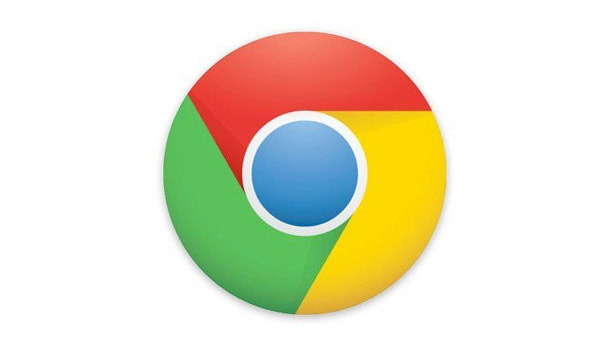Google Chrome to phase out Adobe Flash later this year
Last updated
Google has revealed plans to switch from the venerable — but much maligned — Adobe Flash to HTML5 as the default method for delivering audio and video in its Chrome Web browser.
The plan, revealed in a Google Groups post last week, is scheduled for implementation later this year, reports VentureBeat.
Like other industry heavyweights, including Apple, Google's initiative toward HTML5 and away from Flash has picked up steam in recent years. Indeed, in January 2015, Google ditched Flash for HTML5 video in YouTube. One month later it began automatically converting Flash web ads to HTML5, and in January of next year, it plans to stop running Flash display ads altogether.
Chrome itself has also been moving away from Flash for some time. Last September, the browser began automatically pausing less important Flash web content (ads, animations and anything that isn't "central to the webpage"). Now, with Google's new directive, even central web content, such as games and videos, will automatically default to HTML5.
The reason Flash has become such a pariah is largely because it is a security nightmare, with new vulnerabilities popping up regularly. Moreover, the market as a whole has been moving away from plug-ins like Flash in favor of HTML5, which provides the same benefits but in a more efficient manner.
While future versions of Chrome, with roughly 70 percent of the web browser market, will still include Flash, its presence will not be advertised by default. If a user encounters a site that offers both an HTML5 experience and a Flash experience, the HTML5 experience will be displayed. If Flash is required, the user will be asked whether it can be allowed to run or not. If the user accepts, Chrome will advertise the presence of Flash Player and refresh the page. Chrome will honor the user's setting for that site on subsequent visits.
Recognizing that some popular websites, including YouTube, Facebook, and Amazon, still use Flash, Google's plan includes a "whitelist" of the top 10 Flash-using websites, as defined by Chrome's internal metrics. Those whitelisted sites will run Flash by default, but the whitelist will expire after one year, ostensibly pressuring even those large sites to phase it out fairly soon.
When a user first visits a site that requires Flash but isn't on the whitelist, they will be greeted by an austere, gray dialog box requiring them to choose whether to allow Chrome's Flash Player to run. Chrome will store that preference and refresh the page with Flash enabled.
Enterprises will also be able to control their users' ability to run Flash.
The handwriting has been on the wall for Flash since November 2011, when Adobe announced the withdrawal of support for Flash Player on mobile devices. That announcement came only a year after Steve Jobs vigorously defended Apple's decision not to support Flash on the iPad and iPhone for many of the same reasons Google cites now.
 Michael Beshara
Michael Beshara














 Amber Neely
Amber Neely
 Thomas Sibilly
Thomas Sibilly
 AppleInsider Staff
AppleInsider Staff
 William Gallagher
William Gallagher
 Malcolm Owen
Malcolm Owen
 Christine McKee
Christine McKee










28 Comments
But... but... basement-dwelling fanboys have been preaching to us that Flash is SO much more superior...
Thank God.
Off-topic, but can something be both venerable and maligned?
So what do you do if you only want Flash enabled once, and never again for a given site?
Steve Jobs wins!